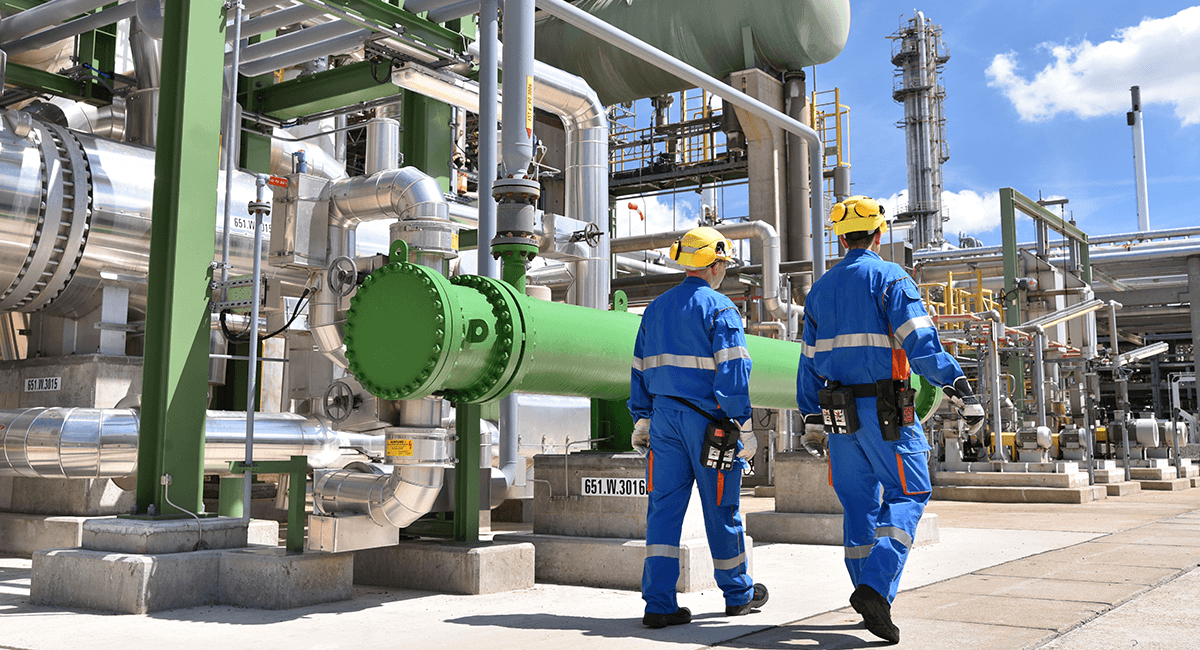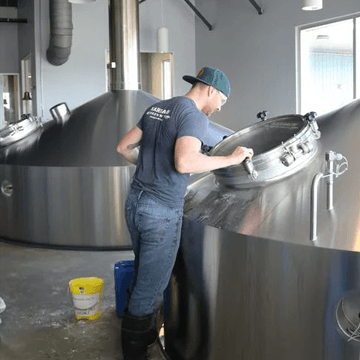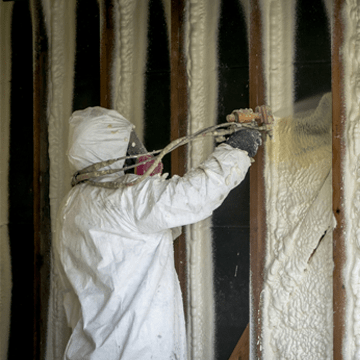Chemical
– A Chemical Industry Standard
Occupational Exposure Monitoring
Since first being introduced to the chemical plants of La Porte Texas over 20 years ago, ChromAir & SafeAir detection badges have become the solution of choice by Industrial Hygienists when tackling the challenge of occupational chemical exposures. EHS professionals use these personal air sampling devices to accurately monitor employee’s time weighted average exposure, ensuring occupational exposure limits are followed. Due to their ease of use, reliability, and affordability, SafeAir and ChromAir have become an industry standard, used in over 40 countries to keep employees safe when working with hazardous materials.

– DESIGNED FOR THE CHEMICAL INDUSTRY
CHEMICALS DETECTED

AMMONIA

CARBON MONOXIDE

CHLORINE

FORMALDEHYDE

MERCURY
– CHEMICAL-
NEWS & UPDATES
If I have an area monitor, do I need to do personal monitoring?
Great question! First, let’s quickly talk about what is the difference between an area monitor and a personal monitor. An area monitor, like the name describes, is an instrument placed in a specific area to monitor the chemical concentration in that...
Exposure dose for dummies
To answer the question of how fast SafeAir badges will react, we will need to know the concentration of the chemical present in the environment as well as the overall time of the exposure. For example, the SafeAir TDI/MDI badge has an initial indication dose sensitivity of 5 ppb●hr, meaning at a concentration of 5 ppb of TDI, this badge will indicate exposure after being in the environment for one hour.
– HOW WE DO IT –
SOLUTIONS
Ammonia
Ammonia is used as a basic chemical building block in manufacturing products ranging from plastics and explosives to fabrics and dyes. Workers in chemical plants and production facilities are at risk of occupational ammonia exposure. SafeAir and ChromAir ammonia badges help to ensure employees are safe when working with toxic chemicals such as ammonia.
Carbon Monoxide
Carbon Monoxide (CO), known as the silent killer, is present in the exhaust from internal combustion engines, such as forklifts, generators, trucks and automobiles, as well as let off as a biproduct from many industrial processes. Anyone working in close proximity to such equipment has the potential for carbon monoxide exposure. SafeAir and ChromAir CO badges help ensure employees are safe when working around toxic gases such as carbon monoxide.
Chlorine
Large volumes of chlorine are used each year as a precursor for other compounds as well as in the production of paper products, plastics, dyes, textiles, medicines, antiseptics, insecticides, and more. In each of these jobs, workers risk chlorine exposure. SafeAir and ChromAir chemical detection badges help ensure employees are safe when working around toxic chemicals such as chlorine.
Formaldehyde
Many household products such as glues, fabrics, paints, coatings & finishes, and paper products use formaldehyde in their manufacturing process. Workers who come in close proximity risk formaldehyde exposure. SafeAir and ChromAir badges help to ensure employees are safe when working with toxic chemicals such as formaldehyde.
Mercury
When combined with other elements, mercury can form many useful compounds. Reacting with chlorides, sulfides, and oxides mercury can be used to make antiseptics, rare pigments, and mercury batteries. In addition, mercury can be found in the production of many scientific instruments and electrical components. Workers who come close to mercury vapor run the risk of dangerous levels of mercury exposure. SafeAir & ChromAir chemical detection badges help to ensure employees are safe when working around toxic chemicals like mercury.
Phosgene
Phosgene is used as a chemical building block to produce many other chemicals such as pesticides and plastics. Vapors of chlorinated solvents that are exposed to high temperatures are known to produce phosgene. Workers who may come in close contact to phosgene are at risk of serious health affects and even death, phosgene exposure can require serious medical treatment. SafeAir phosgene badges help to ensure employees are safe when working around deadly chemicals like phosgene.
TDI/MDI
Aromatic isocyanates are primarily used in the production of polyurethane foam. They are also used in the production of coatings, sealants, adhesives, and elastomers. Isocyanates are precursor ingredients for products like glues, paints, and weather resistant materials. Methylenediphenyl diisocyanate (MDI) can also be used as a binding agent for wood and to produce mold cores for the foundry industry. Toluene diisocyanate (TDI) is used in the production of automobile parts as well as furniture, bedding, and carpeting. Workers in the polyurethane industry risk isocyanate exposure. SafeAir badges help ensure employees are safe when working around toxic chemicals such as TDI & MDI.
– EXPERIENCE YOU CAN TRUST
MORE INDUSTRIES SERVED
– GET IN TOUCH –








